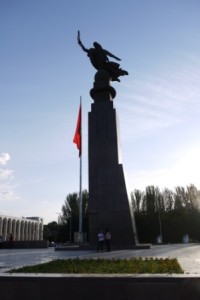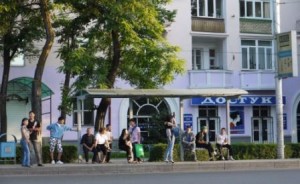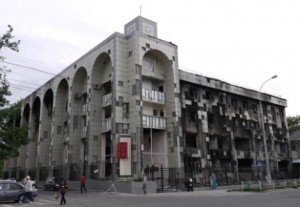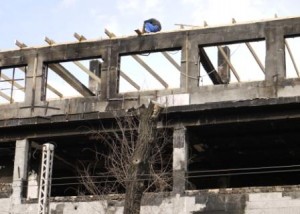Workers drawn from the countryside into the cities, helping power the industrial machine. Some in dormitories, others in vast housing complexes. Attracted by the prospects of better wages. Ever growing disparity between rural communities and the expanding urban sprawl. A time for entrepreneurs. And a rising middle class. Railways now the transport for the masses. Shipping the avenue to new markets overseas. And the means to import raw materials to satisfy an insatiable appetite for growth.
A glimpse back in time? England during the Industrial Revolution? Quite possibly. But no. China today. A nation undergoing significant social, economic and, to a lesser extent, political change. Some differences. Where we built canals, they’re investing in a huge, modern road network. And a pace of change beyond comprehension a few centuries ago.
But what of China’s imperial aspirations, the British Industrial Revolution being so closely wedded to the rise of its own Empire? More subtle perhaps, less of the gunboat diplomacy, but some striking similarities nevertheless. No straight lines on maps admittedly. Rather agreements reached with poorer nations, mostly African. Securing natural resources – coal and ore for example – solely for export to China. Feeding the machine.
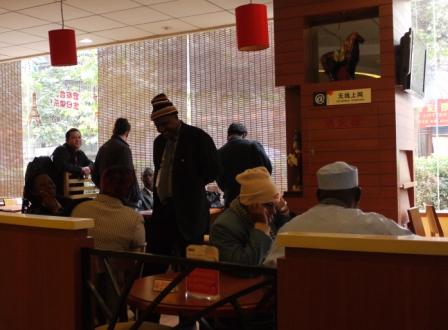
In return, infrastructure projects, advisors to provide assistance to developing nations. Even the teaching of Mandarin to Government officials. As I’d discovered at one of my stops in central China. Struggling a bit with the cold. But most of all political influence. Binding these countries ever closer to Beijing.


